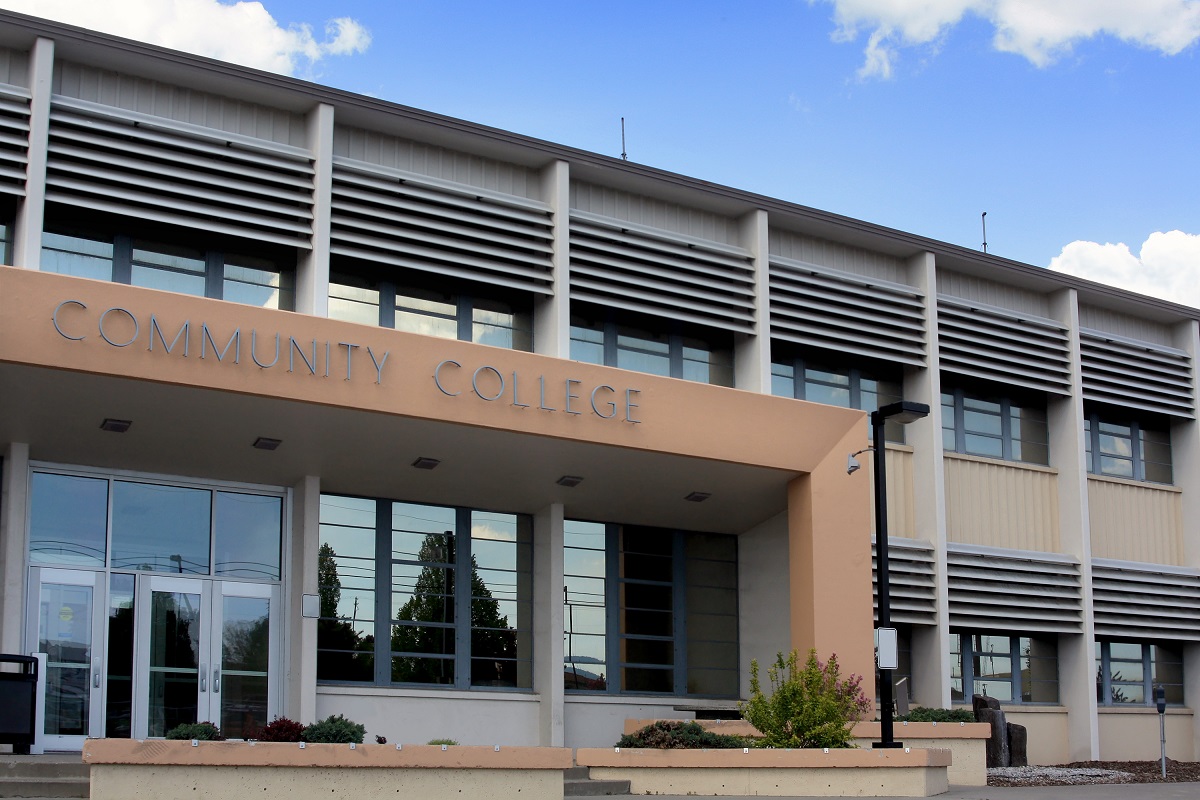A new report shows that while young people today have the aptitude, or natural talent, for some of the most in-demand career fields nationwide — including healthcare, manufacturing, technology and finance — they are not inclined to pursue those occupations due to a lack of exposure.
Findings from the 2024 State of the Future U.S. Workforce Report, released Jan. 29 by YouScience, are based on data compiled from more than 540,000 YouScience Aptitude & Career Discovery assessments completed by middle and high school students across all 50 states in 2023.
Students are poised to fill the skills gap in high-demand career fields, researchers found, but they need more awareness and exposure to potential jobs and education pathways to get there.
“Students have untapped potential for in-demand occupations but lack a clear understanding of their skills and how they align with careers. Failing to address this deprives students of valuable insights into their aptitudes and their connection to the evolving world,” said YouScience founder and CEO Edson Barton. “In an era of rapid economic and technological changes, it’s essential for students to grasp their full range of abilities. This understanding empowers them to confidently prepare for the future and pursue specific career pathways. It also enables our society to make education and career opportunities more equitable for all students.”
Key findings
As part of the assessment process, students completed a series of science-backed brain games to discover their aptitudes, interests and best-fit careers. Analysis found that:
- Nearly 40 percent of students have an aptitude for careers in health science, a field where employment for jobs such as health information technologists and medical registrars is projected to grow 16 percent in the next decade.
- Thirty-two percent of students have an aptitude for careers in computers and technology, a field expected to grow 23 percent in the next decade due to a demand for computer and information research scientists.
- Almost 30 percent of students have an aptitude for careers in advanced manufacturing, which is projected to grow 12 percent in the next decade with a need for jobs like industrial engineers.
- Thirty percent have an aptitude for careers in agriculture and natural resources, a field where employment for jobs such as agricultural and food science technician is projected to grow 5 percent in the next 10 years.
However, 75 percent more students have an aptitude for careers in computers and technology than interest; 66 percent more have an aptitude for careers in advanced manufacturing than interest; 48 percent more students have an aptitude for careers in agriculture and natural resources than interest; and 43 percent more have an aptitude for careers in health science than interest.
These findings held true regardless of gender and race, with many young people demonstrating the necessary aptitudes to fill the skills gap plaguing many industries where underrepresentation of certain demographics remains a challenge.
For example, 87 percent more female students have an aptitude for careers in computers and technology than interest, while 54 percent more male students have an aptitude for careers in health science than interest. Seventy-three percent more Black students have an aptitude for careers in advanced manufacturing than interest, and 69 percent more Hispanic students have an aptitude for careers in computers and technology than interest.
“What’s needed is a more personalized pathway, one that allows for aptitude discovery and matches them to education and career opportunities,” the report states. “There needs to be more of an emphasis placed on certifications that can guide students to fulfilling careers that will be available when they graduate and well into the future.”
To accomplish this, the report recommendations include:
- Providing aptitude and interest assessments to help students discover their best-fit postsecondary education and career pathways.
- Ensuring collaborative planning between family and educators, including counselors, so students can apply their guidance and knowledge of their own aptitudes to plan which courses, obtain beneficial certifications in industry pathways by completing specific career technical education course offerings, and be better prepared to either enter the workforce or pursue postsecondary education and training in fields best suited to their talents, skills and passions.
- Implementing interdisciplinary teaching in which schools and districts work together to create personalized pathways through sequenced and integrated programs of study through the lens of relevant career clusters.
- Providing work-based learning, internships and apprenticeships to connect students with local business and industry partners to gain real-world work experience.





